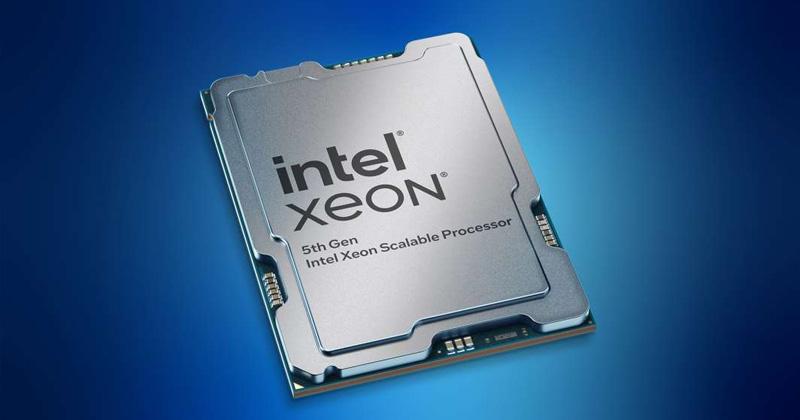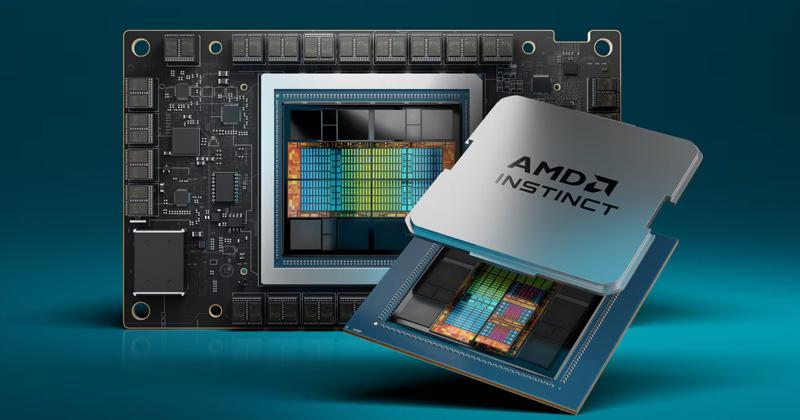
Key Parameters for Selecting a Digital-to-Analog Converter (DAC) IC
Digital-to-Analog Converters (DACs) are characterized by various aspects of their performance parameters including resolution, speed, accuracy, interface, settling time and power. Here we will briefly consider each of these parameters and why they are important to the performance of a DAC.
Digital-to-Analog Converter (DAC) ICs
Perhaps you have been tasked with selecting a Digital-to-Analog Converter (DAC) Integrated Circuit (IC) for a new design, or you are learning about them for the first time. In the realm of electronics, the selection of the right components is crucial to the overall performance and efficiency of the system. DACs play a pivotal role in numerous applications as their function consists of converting a digital signal into an analog signal. This function is often referred to as signal conditioning and is essential in the interfacing of a digital world with the analog world. This is most easily understood when thinking of digital input signals, such as a set of high to low signals similar to a binary signal, being converted into sound that we understand as we listen to music being produced from a speaker. This incredible transformation is performed by DACs. Given the enormous diversity of electronics, systems and applications, choosing the right DAC IC can be a complex task, given the multitude of factors that need to be considered.
Key Parameters for Evaluation
It can be challenging to understand these devices as there are many different applications and functions where certain parameters are more important than others. Below are six of the most important parameters to understand and evaluate, but are not a comprehensive list. In fact, there may be circuit designs where some of the below parameters have a much lower value, and others not listed may be more critical. Two very important parameters, Integral Non-Linearity (INL) and Differential Non-Linearity (DNL), which describe the linearity of a DAC's output, are not addressed in depth in this blog post, as they have an earlier blog post dedicated to them.
- Resolution
The resolution determines the number of output levels the IC can generate. It is typically measured in bits, with common resolutions being 8- bit, 10-bit, 12-bit, 16-bit, etc. When a DAC converts an on/off signal into the analog output, the signal is not a perfect representation of the input. Much like a computer monitor, the resulting output signal improves as the resolution of the DAC increases. Higher resolution devices allow greater granularity and a finer accuracy on the output analog signal. The downside to increasing resolution is that the higher the resolution, typically the higher the power consumption and cost. - Speed
Typically, speed is a concern mainly in audio processing and data acquisition systems. A high-speed DAC is necessary for a high sampling rate, which is the number of times per second that the IC can convert digital inputs into analog outputs. Typical units of measurement are samples per second (SPS) or kilohertz (kHz). The sampling rate should be sufficient for your application's bandwidth requirements to accurately reproduce the analog signal. For lower speed applications, general purpose DACs are frequently selected and are only limited by the speed of the interface. - Accuracy
The accuracy of a DAC refers to how closely the output voltage matches the ideal voltage based on the input digital code. This parameter can be seen as the culmination of multiple factors including the integral nonlinearity (INL) and the differential nonlinearity (DNL), the quality of the DAC's internal reference voltage. INL errors usually are more critical than DNL errors since they affect the accuracy of the output voltage over the full range of the input, while DNL errors affect the accuracy of the output voltage only between adjacent digital input codes. - Digital Interface
Typically, the selection of the interface depends on your microcontroller, FPGA or other digital signal sources and system requirements. Commonly, DAC ICs can have one of the following interfaces: I2C, SPI, parallel or serial. - Settling Time
The time it takes for the output to stabilize within a specified accuracy after receiving a new digital input is called the settling time. Applications that require quick and precise changes in the analog output benefit greatly from faster settling times. - Power
Both power supply requirements and power consumption are important to consider when designing a circuit containing a DAC. The supply requirements of the DAC IC must match those that are available in the system, assuring that the power source is stable. Although many DACs have protections against power failure built into the IC design, they are not intended to compensate for an insufficient power supply. Otherwise, the performance of the device will degrade and can affect the integrity of the output signal. In battery-powered and other low power designs, the power consumption should be a guiding value in device selection. In general, the lower the power consumption you can achieve is ideal—however, there are tradeoffs to consider such as resolution versus power consumption.
Summary
These parameters provide a starting point for selecting a DAC IC. Depending on your specific application, the importance of these parameters may vary, and it is important to balance these factors to choose a device that meets your requirements and fits within system design constraints. It is also important to note that general purpose DACs may not have the best performance in any one specific area but are designed to be useful across many applications. Their parameters are balanced in such a way that they can fill many design requirements while providing good performance. Microchip has several general-purpose Digital to Analog converters that offer a great range performance across a variety of resolutions, channel counts (1,2, 4, 8) and internal memory options. Many of our DACs use the same packages and pinouts across resolutions, interface options, channels and more so that customers can test out multiple options without having to redesign board layouts.




